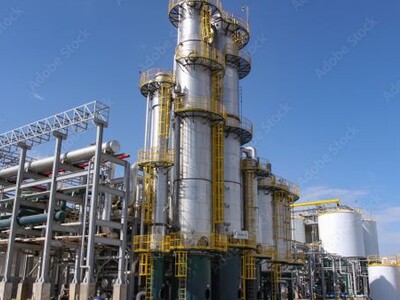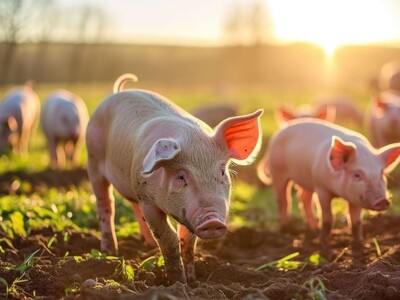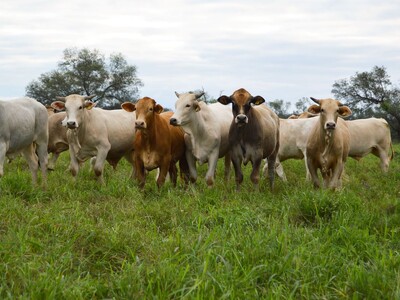Switchgrass to ethanol
What would it take to produce a billion tons of biomass for fuel production?USGS scientists led by Terry Sohl at the Earth Resources Observation and Science Center have created a crystal ball to better depict future agricultural land change and project outcomes. Sohl and his colleagues have modified the Forecasting Scenarios of Land-Use Change model to project agricultural change by parcel across a large region in the U.S. Great Plains.
USGS EROS scientists developed a model that portrays what it would take for the U.S. to produce a billion tons of dry biomass for biofuel production. In this scenario, magenta patches in the 2030 image represent fields converted to perennial grass for use by a cellulosic-based ethanol industry. The black lines represent field boundaries from the USDA's Common Land Unit data. The new FORE-SCE model is unique in that instead of using small pixels, it uses ownership and land management boundaries from the U.S. Department of Agriculture. So scientists can mimic how farmers make decisions on the use of individual parcels of land, and then scale that up to regional and national levels.
So, let's say growing switchgrass to produce ethanol becomes more profitable for North Dakota farmers in the future. Or non-agricultural lands north of the Twin Cities prove advantageous for growing potatoes. The new FORE-SCE model can portray a broader geographic extent, higher spatial resolution at 30 meters, and higher thematic resolution with 28 land cover classes—including 14 different crop types—to project more realistic landscape pattern scenarios and better assess the ecological, economic, and climate outcomes from agricultural changes.
That's valuable knowledge not only in assessing how well agriculture in North Dakota can accommodate the need for more biofuel in the future, but also how large-scale agricultural change might affect biodiversity in the area—honey bees' ability to pollinate, for example. With more realistic scenarios of increased potato farming in the Upper Mississippi River basin, the parcel-based model can help inform decision makers on how increased agricultural nutrients in groundwater might change water treatment requirements in the Twin Cities.


















